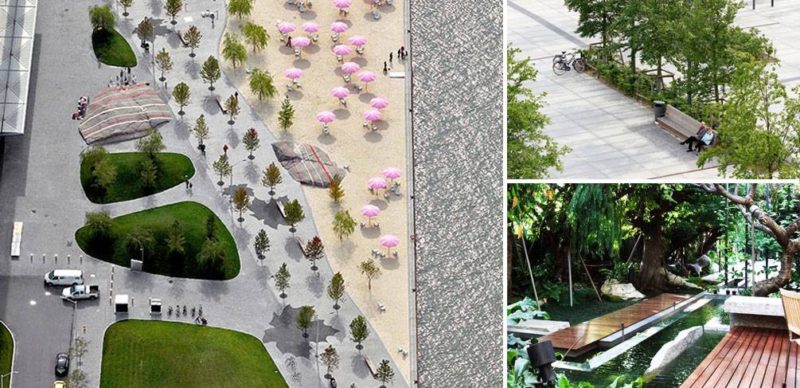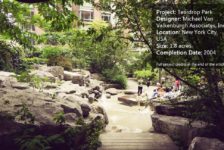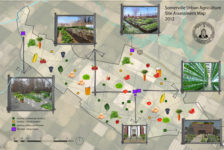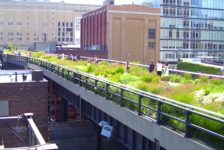We take a look at 7 common mistakes people make when selecting trees how to avoid them at all costs. “Trees are poems the earth writes upon the sky.” This is how Lebanese-American poet, artist and writer Khalil Gibran outlines his eloquent definition of trees, one of the most wondrous life forms on Earth. With more than 23,000 different species and a record for being the oldest living organisms in the world, trees fascinate us with their majesty, immensity, and glamor. Aren’t landscape architects blessed for having the opportunity to work with that living matter?
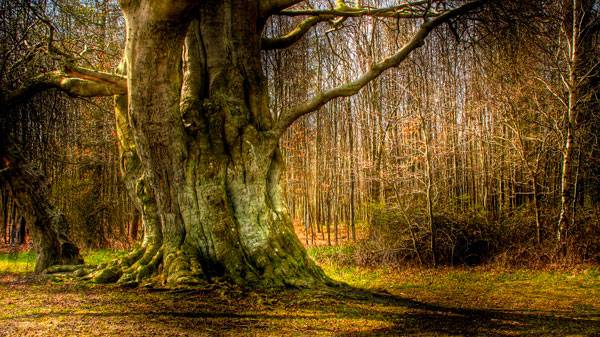
The oldest living organisms in the world. “Old Danish tree” by Guyon Morée. Licensed under CC BY-SA 2.0 via Flickr
1. Overlooking the Complex Functions of Trees
Our list of errors begins with one of the more general aspects of tree-planting design. How does vegetation planted in and around an urban scape affect the city as a system? This question concerns the multiple functions of trees and their synergic action. The three major groups of park trees’ functions are engineering, ecological, and aesthetical. They cover a plethora of utilities, including traffic, acoustics, light and soil erosion control, climate and air pollution control, and visual direction. Imagine the value and the final result of a tree-planting selection that serves all of these functions. It’s more than clear to say that it is most rational to design projects that have a multifunctional purpose. Don’t overlook this complexity; use it instead, and see how your efforts will be rewarded. In this inspiring article by Agmarie Calderón Alonso, we witness the amazing story of Jadav Payeng, who shows us how a single man can grow an entire forest, where the trees fight erosion and provide habitat for animals. Forest Man Trailer
If you’re wondering how to avoid this oversight, think of Payeng’s example. Recall the impressive final result, and never forget that trees are astonishing, and astonishing things can be built using them.
2. Ignorance of the Morphological Characteristics of Trees
The second flaw some landscape architects have been related to their knowledge gaps in terms of trees’ morphological features. These concern not only the ornamental value of trees, but also the safe, adequate interaction among vegetation, built environment, and people. Tree height, crown shape and density, root system, size, form, and colors of leaves and flowers are some of the most substantial classifications. The adroit combination or contrasting each tree’s peculiarities are the keys to creating symphonious landscapes. A good example of proper tree specification is the case of street tree-planting design in which only species with shallow root systems are used to avoid possible pavement damage in the future. Check out this comprehensive article entitled “Choosing Urban Trees: The Essential Guide”, by Julia Lucchese. WATCH: Residential Street Tree Maintenance
As to aesthetic qualities, this outlandish design of a residence in Thailand offers a dynamic tree-planting scheme. Further details are revealed by Gerard de Silva in his article.

T.Residence. Photo courtesy of LOKOH= Co., Ltd.
3. Neglecting the Environmental Requirements of Trees
Our list continues with one rather obvious, yet frequent mistake designers make: neglecting the environmental requirements of plants. This is true whether it be perennials, shrubs, or trees. Stress, however, should be placed on trees, as the largest damage, loss, and problems may derive from them if they are treated negligently. Environmental conditions are crucial for trees’ proper growth and development. That’s why, to build sustainable, healthy, and visually appealing tree groups, a maximal accordance between environmental requirements and conditions is needed. If, for instance, you choose Fraxinus excelsior for a highly populated industrial zone, you will most probably feel sure that the tree is gas-tight and will live undisturbedly there. But, if the tree doesn’t receive enough light and is planted on poor soil terrain, this may lead to a decrease in both its vitality and gas resistance. So basically, this case displays once again that trees are complex systems, and that the best results can only be achieved if complexity isn’t forgotten, even for a second.
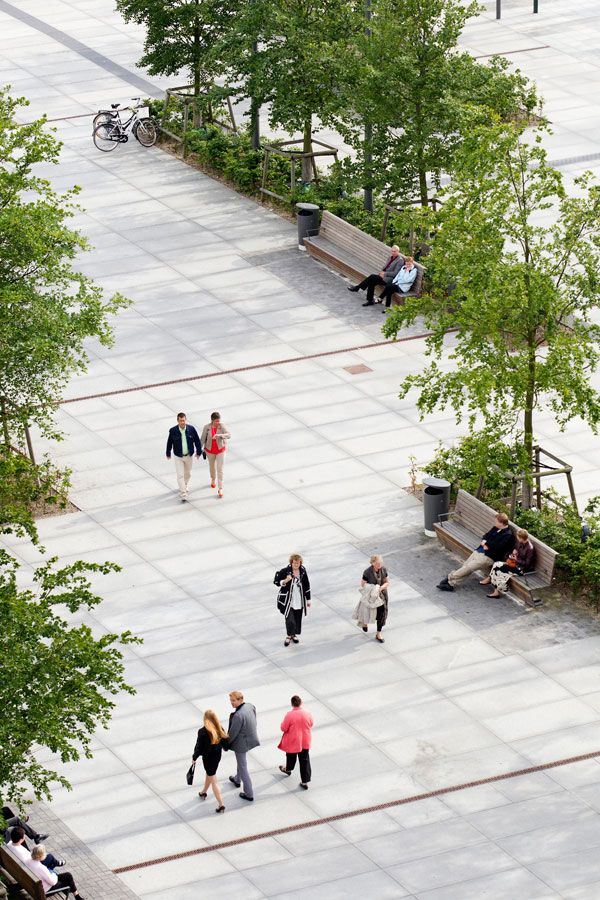
Hyllie Plaza. Photo credit: Kasper Dudzik
4. Disregarding the Biological Characteristics of Trees
The next major factor is the knowledge of trees’ phenology. The two most vital classifications according to biological characteristics are growth rate and longevity (life span). The first one is mostly vital for tree grouping and the possibility to obtain a satisfying result with fast-growing trees over a short period of time. The second feature — longevity — can affect both economic and aesthetic points of view. Trees’ phenology covers classifications such as time of foliation, flowering, and fall of the leaves, as well. All these are irreplaceable factors that should be taken into consideration when planning and maintaining tree plantings.
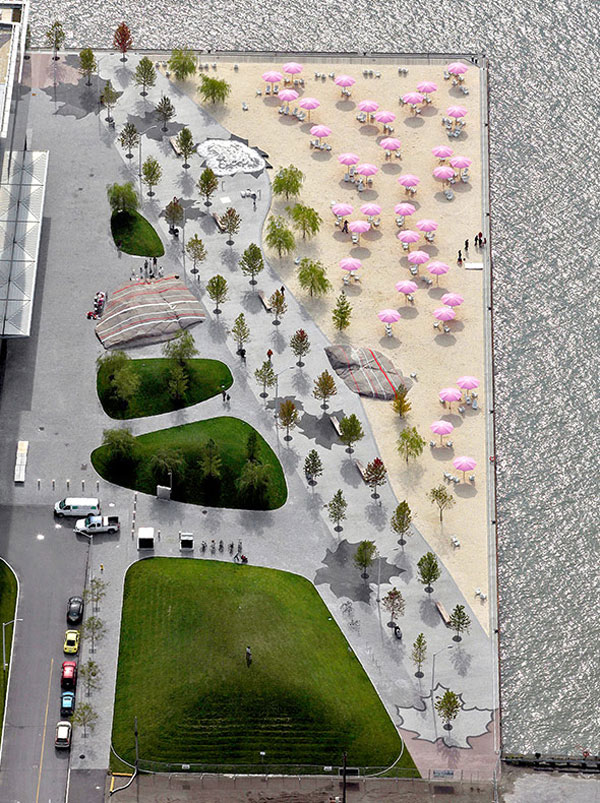
Sugar Beach; credit: www.claudecormier.com
- Sugar Beach: The Design That Makes Your Teeth Hurt
- How Place d’Youville is Teaching us That Artificial is Not Fake!
Two more projects incorporating seasonal interest can be viewed in the articles of Yuliya Georgieva and Amir Schlezinger:
- The Magic of Foundation Jeantet Produces a Timeless Design
- Contemporary Japanese Garden in The English Countryside
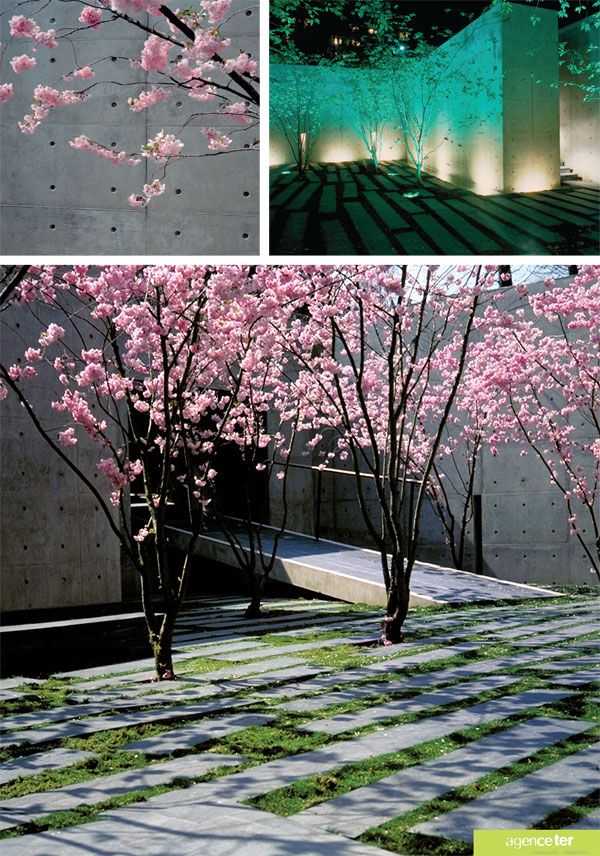
Cherry trees at Foundation Jeantet. Credit: ©agenceter
6. Forgetting That Trees are Signs of Information
Turning back to the design process, tree arrangements can’t be ignored whether used for arrays, ornamental groups, or as singular accents in the overall composition, trees are the leading element shaping the spatial organization in landscape design. Trees can define or unite park rooms. They can facilitate people’s experience while also directing them. If designed with set purpose, tree groups can create park perspectives, turning visitors’ eyes to certain vistas or focal points in or outside the park’s territory. Planning arresting, scenic, and stirring landscapes without embracing that function of trees is unthinkable. So, if you wish to beat that blunder while you’re designing, imagine yourself in the landscape. Imagine where you’re walking, what you see, and what you feel while strolling in your future project.
To see how dramatic scenes are captured and framed by skillful tree-planting selection, read about these two projects reviewed by Harkyo Hutri Baskoro and Katrina Elpos:- 23̊ Estate Takes Care of Erosion in the Most Beautiful Way Possible
- How Bassil Mountain Escape Creates a Dramatic and Memorable Feeling
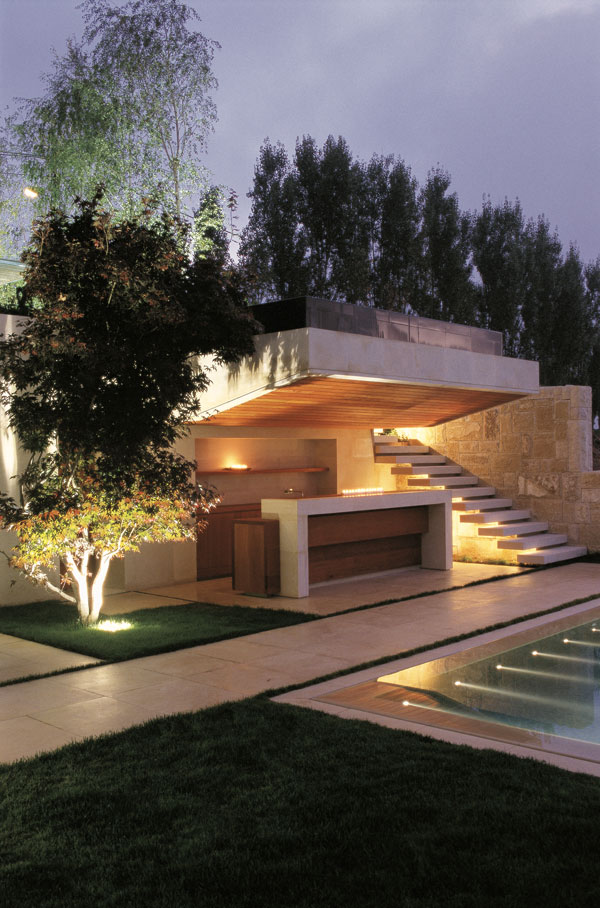
Bassil Mountain Escape. Photo courtesy of VLADIMIR DJUROVIC LANDSCAPE ARCHITECTURE
7. Ceasing Your Study of Trees
One last note landscape architects should bear in mind is to never stop exploring the world of trees. In this way, one will keep enriching one’s expertise constantly, while developing competence and respect for the landscape architecture profession. Some of the most amazing facts about trees every landscape architect should know are collected in the following two features written by Ashley Penn and Erin Tharp:
- 8 Amazing Facts About Trees That You Didn’t Know
- 8 Awesome Reasons to Use Trees in The Landscape That You Didn’t Know!
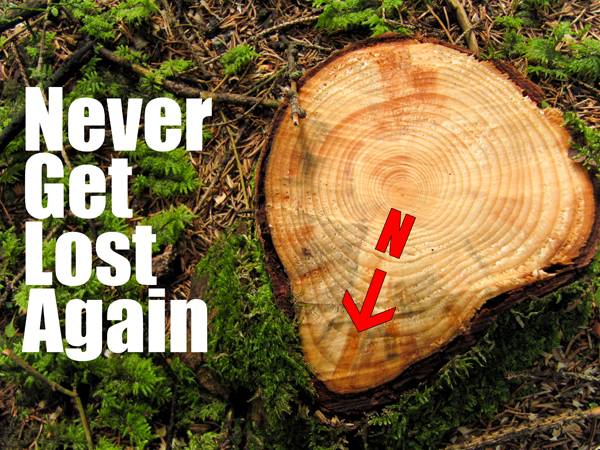
From our hit article 8 Amazing Facts About Trees That You Didn’t Know. This could save your life; credit: Lorenzo Tonello / shutterstock.com, modification by SDR
Recommended Reading:
- Drawing and Designing with Confidence: A Step-by-Step Guide by Mike W. Lin
- Landscape Perspective Drawing by Nicholas T. Dines
Article by Velislava Valcheva Return to Homepage
Published in Blog

